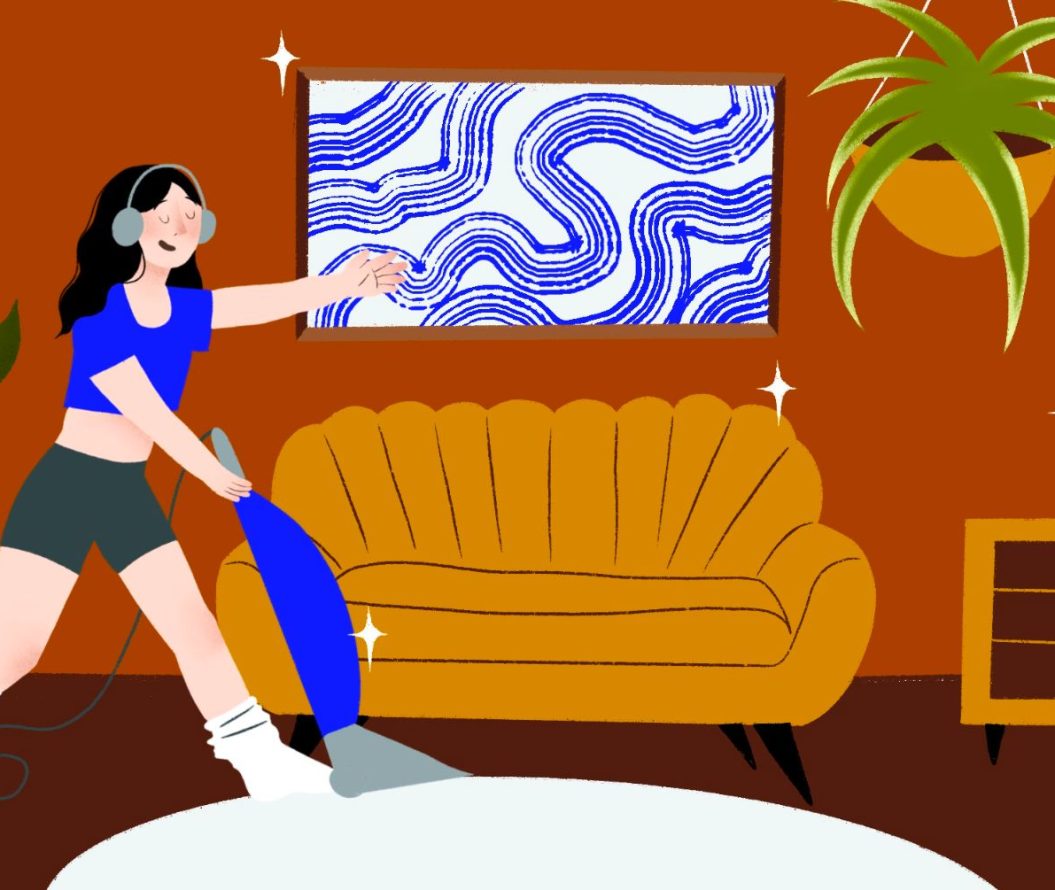
Sexual violence and harassment in UK universities
It is no secret that sexual violence and particularly sexual violence against women is something that plagues today’s society.
It is something that always catches my eye in the news, be it through the Brock Turner case, the Warwick University rape chat scandal, or the #MeToo movement, but it is not something that I have ever spent time looking into academically or otherwise.
I wanted to write this post because, as a young female university student, the statistics aren’t just numbers, they’re friends, colleagues, course mates. When I read the statistics I automatically think of specific people, specific events, specific stories. There are numerous reports out there that paint the picture in an aptly terrifying light, but I guess I am writing this because I believe that the more people know about this “epidemic” the more chance we have at changing it.
Whilst the statistics vary depending on what study you look at, they all tell a similar story, that an appalling percentage of female university students experienced some sort of sexual violence during their studies, and that only a minority reported it. The study by Revolt Sexual Assault, which surveyed 4500 students, across more than 150 institutions, found that 70% of female students had experienced sexual violence at university, yet only 1 in 10 reported it to either their institution or the police. Even more shockingly, only 2% of respondents felt able to report it and were satisfied with the reporting procedure.
But what happens when you do have the courage to report your experience to your university? One student from the University of Cambridge decided to report her supervisor for sending her inappropriate sexual messages, despite being advised by numerous parties not to file a complaint. She requested to give her evidence behind a screen during the hearing, something that is common practice in courts, however, the university refused, forcing her to sit just meters away from the supervisor she was giving evidence against. Whilst her complaint was upheld, his punishment was to write a four-sentence apology letter and sign a no-contact agreement. But there was a catch – the no-contact agreement saw that the student was banned from entering certain university buildings, whilst the perpetrator was allowed to remain at the university.
78% of people surveyed believe that people generally blame the victim in sexual violence and harassment cases.
If the trauma of sexual violence and harassment wasn’t enough, the studies show that it has knock-on effects on both education and mental health. 1 in 4 of those surveyed started skipping lectures after their assault, whilst 16% suspended their studies or dropped out of university completely. A study by the National Union of Students further found that over one third experienced anxiety and depression as a result, and 7% attempted to end their own lives.
In regards to the future, the responsibility lies with the individual universities. They have a duty to encourage and support victims of sexual violence in reporting their experiences. They have a duty to combat this culture of terror that presides in their institutions. They have a duty to challenge the behaviour of the accused and take proportionate action.
It’s time that universities start putting the welfare and wellbeing of their students above their reputations, it’s time for change.
If you have been affected by any of the topics mentioned within this post, and you wish to speak to someone, there is help available from The Lincolnshire Rape Crisis, Mind, and The Survivors Trust. Alternatively, you can speak to someone in person by attending a drop-in session at the university’s Wellbeing Centre – these run on weekdays from 12pm-2pm and on Thursdays from 5pm-7pm.
You can also report the incident by going to the police, or you can also use the University of Lincoln’s sexual misconduct online reporting tool.




